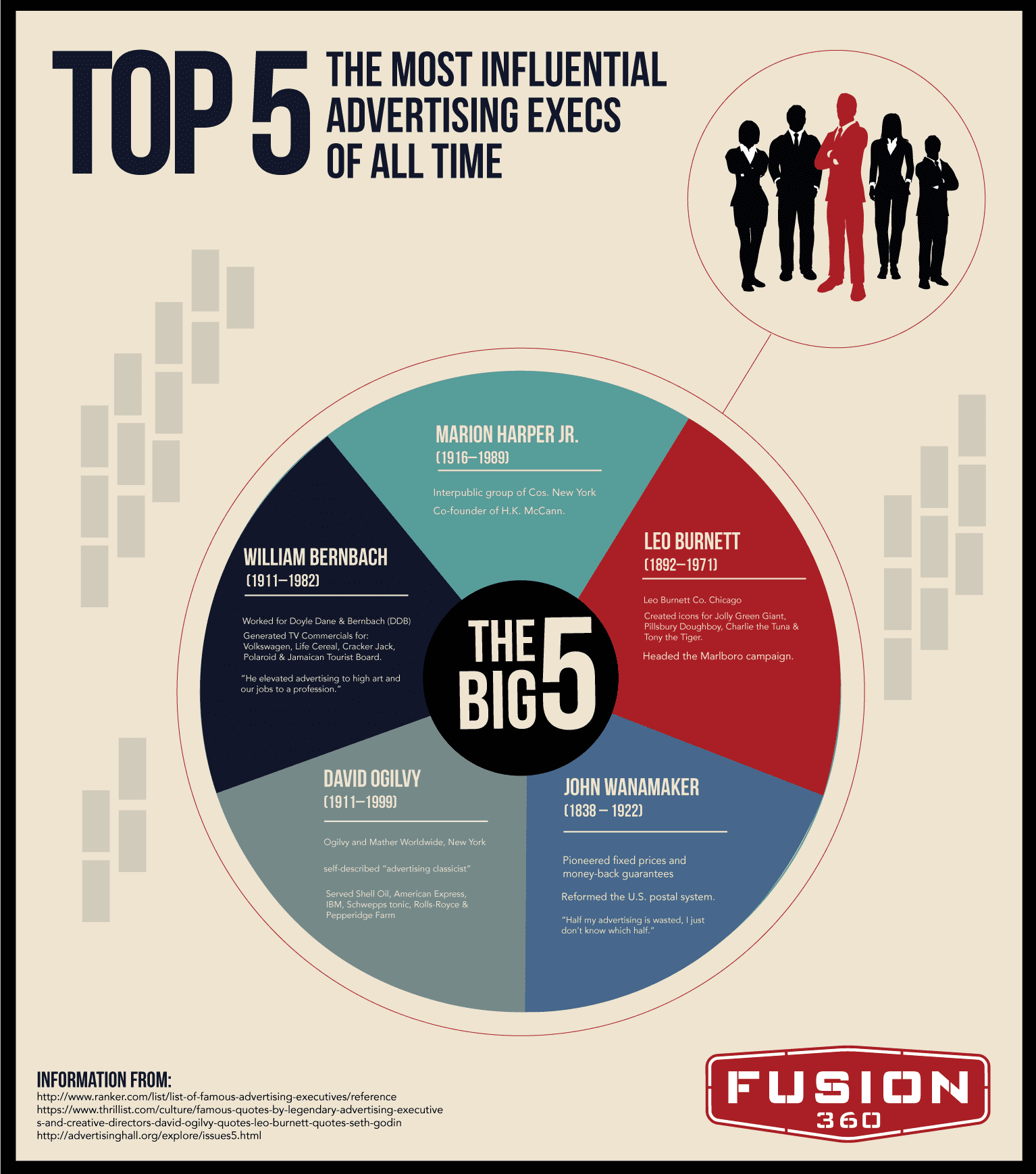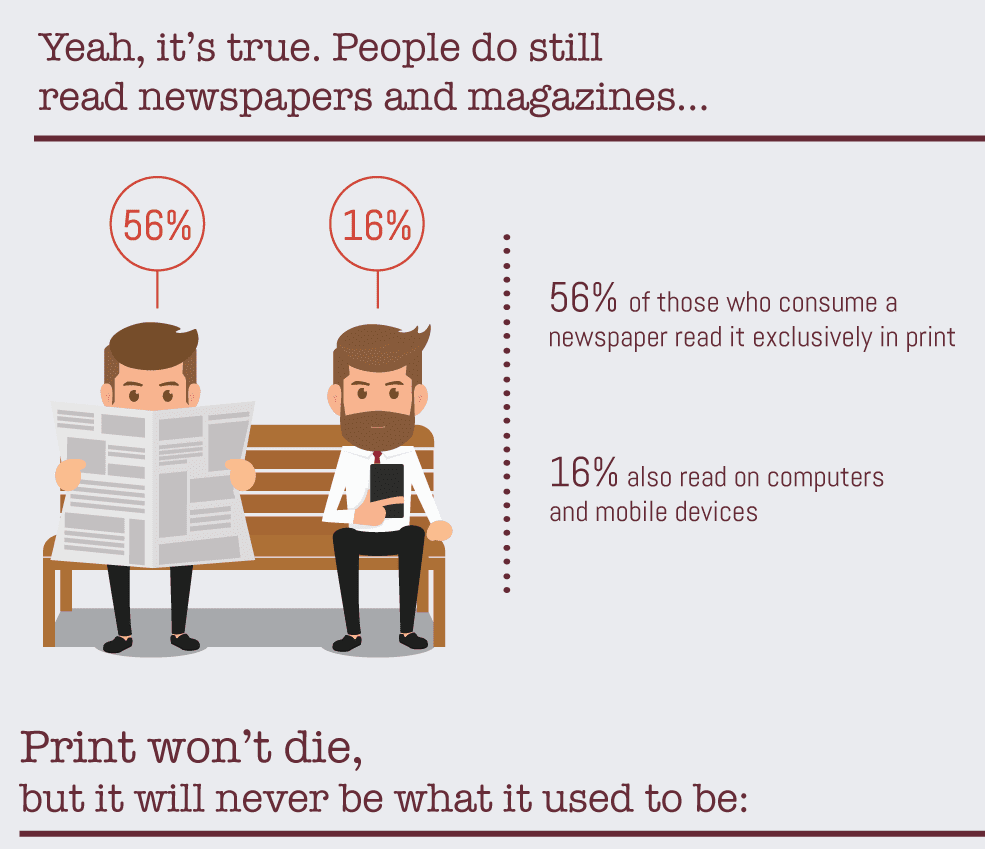
Website design is always evolving. Take a look at some of the best sites from the 90s and early 2000s, and you’ll see how far web design has come. Still, like all great artists, designers need a muse. Without a little inspiration now and then, designers can go stale. Nobody wants that.
Here are a few of our favorite websites to help reignite designers’ creativity. One of them could become your new muse.
Responsive Design
User experience and responsive website design is so important on today’s World Wide Web. Responsive Design dedicates itself to furthering responsive website design. Unlike a lot of sites that feature galleries of different design approaches, Responsive Design also digs deep into the code that makes each design possible.
Crayon
Crayon is easily one of the most inclusive sites out there for gathering visual design ideas. Everyone from designers to marketers can use the site’s extensive search features to sift through more than 35 million websites. That’s a whole lot of inspiring material.
Webdesign Inspiration
The name says it all. Webdesign Inspiration is unique because it allows you to search for sites by industry. If you’re designing a website for a marketing agency, you can see how other industry leaders design their sites.
Dribbble
Dribbble works first and foremost as a portfolio service for website design freelancers. It’s used by a lot of new designers, which means it hosts a lot of new ideas. Since the site works like one large portfolio, it makes it easy to contact and connect with other designers to collaborate on ideas.
CSS Zen Garden
This site is like the super old and extremely wise grandma of all web design sites. CSS Zen Garden has been around for a while, but it’s still entirely relevant. It’s unique in that every design uses the same HTML code with modified CSS files. The entire site is basically one big example of the power of CSS.
Web Design Ledger
Besides just another awesome gallery site, you can visit Web Design Ledger for tutorials, blog posts, interviews with other designers and downloadable templates. No wonder the web community loves it so much.













